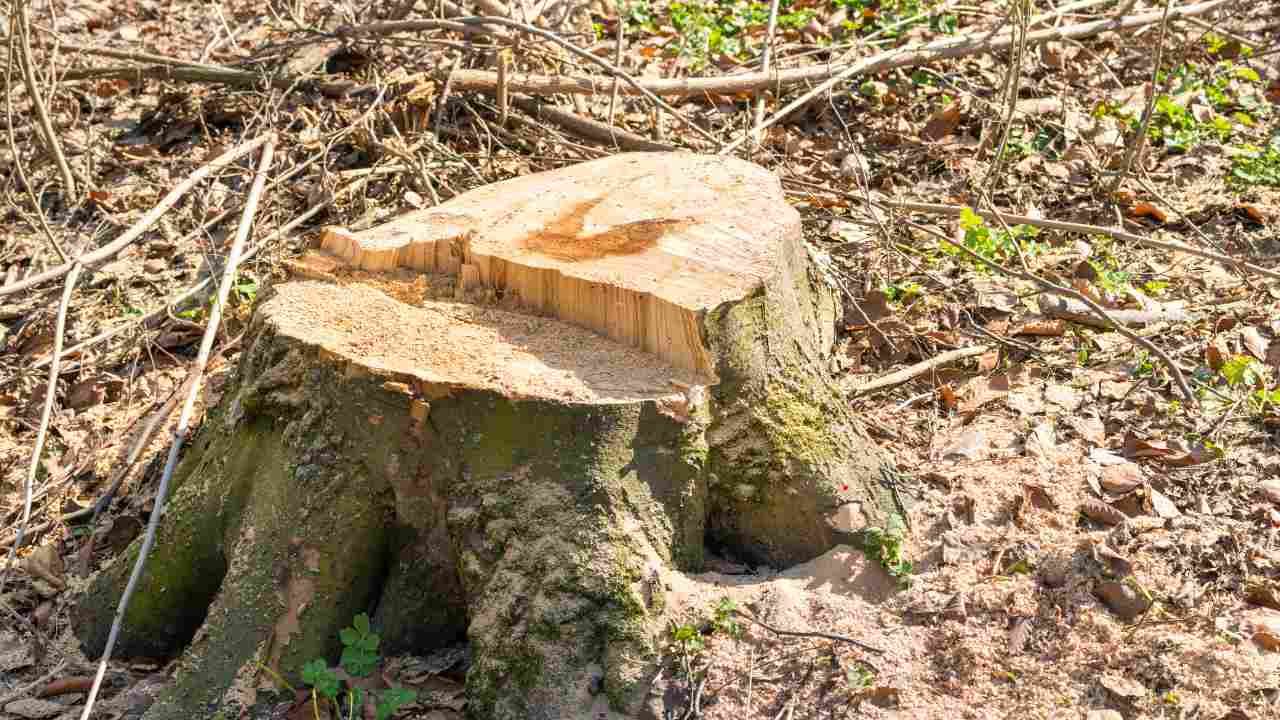New Haven Asks: What Happens to Tree Roots After Removal?

Cutting down a tree is only half the job—what happens underground is often overlooked. Whether you’re clearing land or removing a hazard, stump grinding in New Haven CT is the go-to method for eliminating what's left behind. But even after the stump is gone, many homeowners wonder: What happens to the tree roots? Do they disappear too?
In this post, we’ll break down what actually happens to tree roots after a tree is removed, how long they linger, and what steps you can take if you’re concerned about regrowth or decay.
1. The Truth About Tree Roots After Stump Removal
When a tree is cut down and the stump is ground out, the visible part is gone—but the roots can remain. Tree roots typically spread out two to three times wider than the tree's canopy and can reach down several feet. Unless the roots are physically removed (which is rare), they will stay underground.
Here’s what happens next:
- The roots begin to decompose. With no trunk and leaves to feed them, the roots are no longer alive. Over time, they break down naturally.
- It’s a slow process. Depending on the tree species and soil conditions, this decomposition can take 5 to 10 years or more.
- Sometimes, they sprout. If the stump wasn’t ground down completely, the root system might still try to survive. In some cases, you’ll see shoots pop up in the area.
2. Can Tree Roots Keep Growing?
In most cases, no. Once the tree is gone and especially after stump grinding, roots won’t continue to grow because they no longer have the energy supply from the trunk and leaves.
However, certain species—like poplar, elm, and willows—are notorious for their persistence. Their roots might send up suckers in an effort to regrow the tree. If you notice this happening, it’s best to act fast to prevent the roots from reestablishing themselves.
Tip: Regular mowing or applying an herbicide to the new shoots can stop this regrowth in its tracks.
3. Are Leftover Roots a Problem?
Most of the time, no. But there are a few situations where leftover roots can cause issues:
- Regrowth: As mentioned, some roots may try to regenerate the tree.
- Fungus or decay: As roots rot, they can create pockets of decay underground. This can lead to sinkholes or attract pests like termites or carpenter ants.
- Obstruction: Old roots may interfere with future landscaping or construction projects like fence posts, patios, or new tree plantings.
4. What Should You Do?
If you're working with a professional like Avalanche Landscaping, they’ll guide you through the best options. Depending on your plans for the area, you might choose to leave the roots to decompose or have additional work done to remove them.
Some homeowners opt for root removal services when:
- Installing a foundation or hardscape over the area
- Dealing with invasive or regrowing roots
- Concerned about pests or decay
For most standard yard projects, though, stump grinding is usually sufficient.
Case Study: Yard Renovation in New Haven
One local homeowner recently had a 30-foot maple tree removed that was crowding their backyard. After stump grinding in New Haven CT, they planned to lay down a patio. The team at Avalanche Landscaping advised them to remove a few key root sections that were too close to the surface. Not only did this prevent future settling, but it also gave the homeowners peace of mind. Today, they enjoy a flat, stable patio—no root issues in sight.
Final Thoughts
Tree roots may not vanish overnight, but for most people, they’re nothing to worry about. If you’ve had a tree removed, the roots will naturally decompose over time. And with a little planning (and professional help if needed), you can ensure they don’t get in the way of your future yard goals.
If you're concerned about remaining tree roots or need professional assistance with their removal, please contact us to discuss your needs. We can assess the situation and provide New Haven services to help you achieve your landscaping goals.

